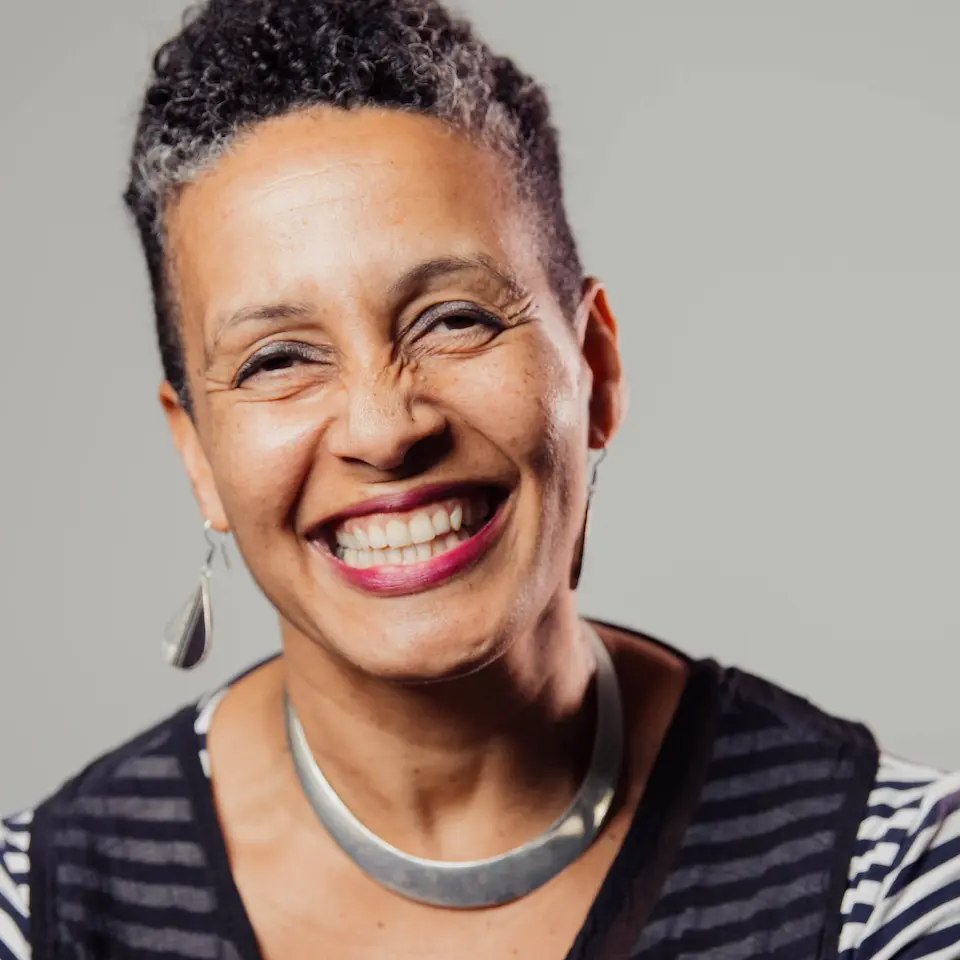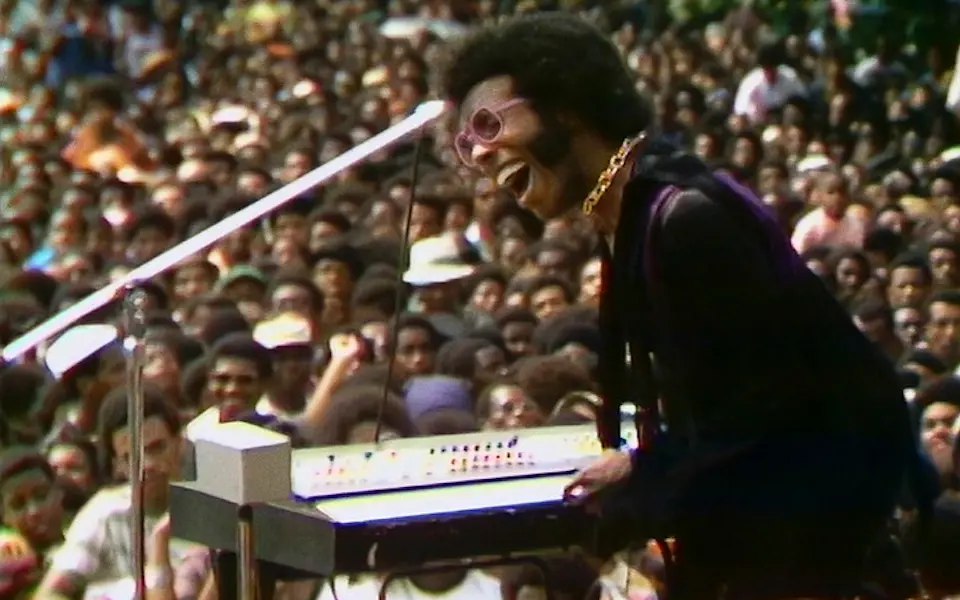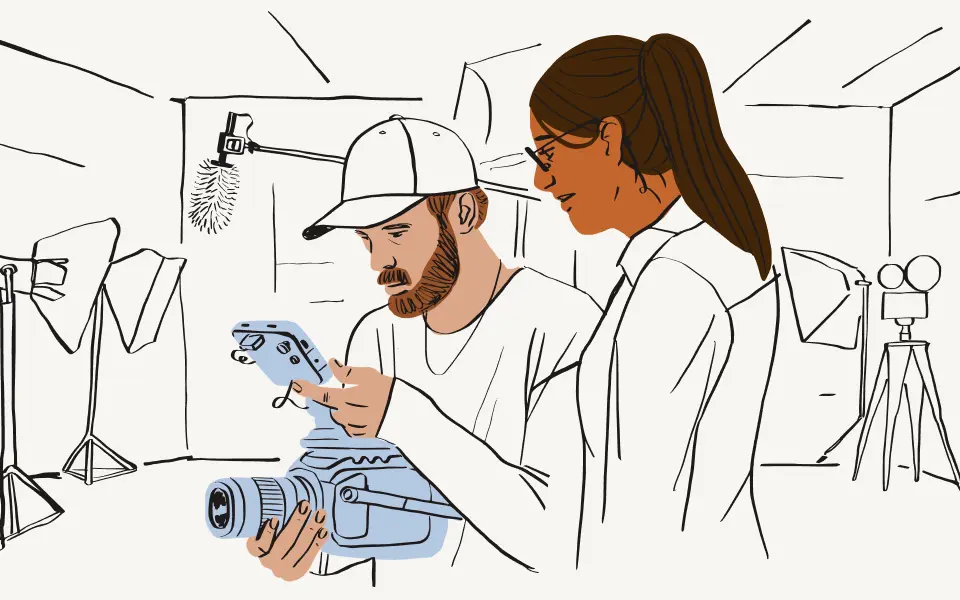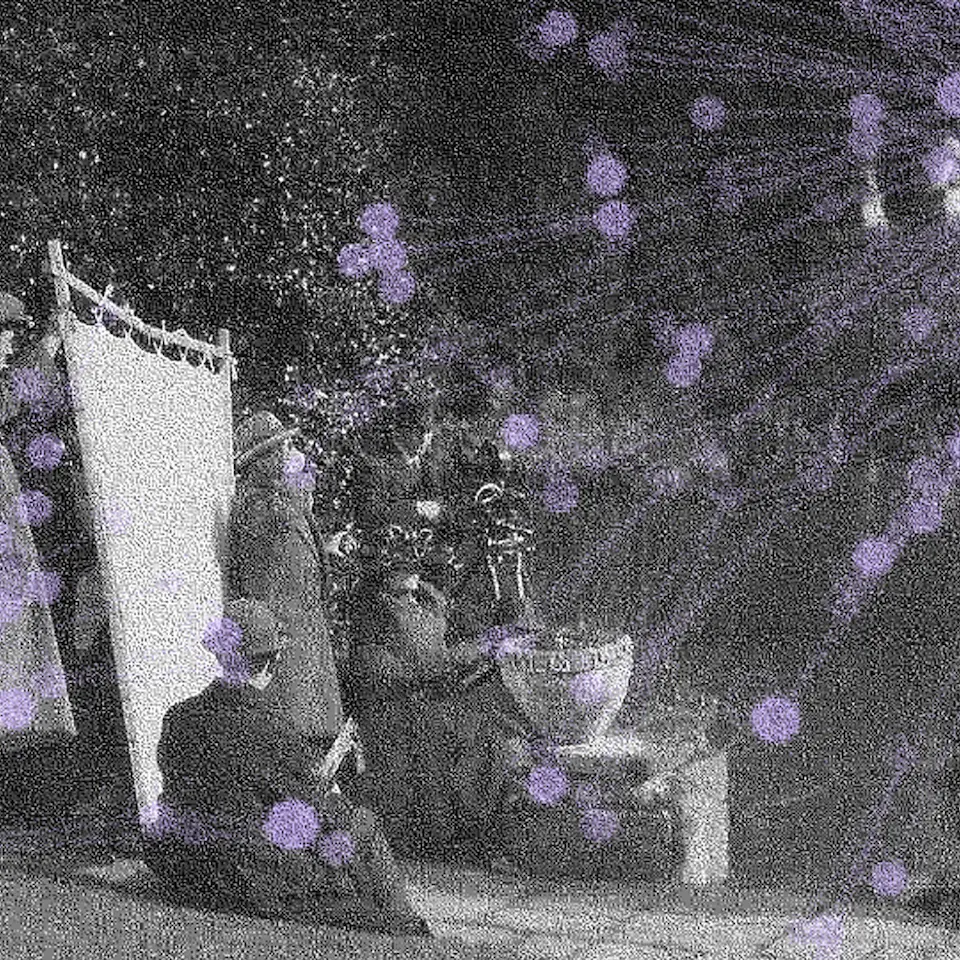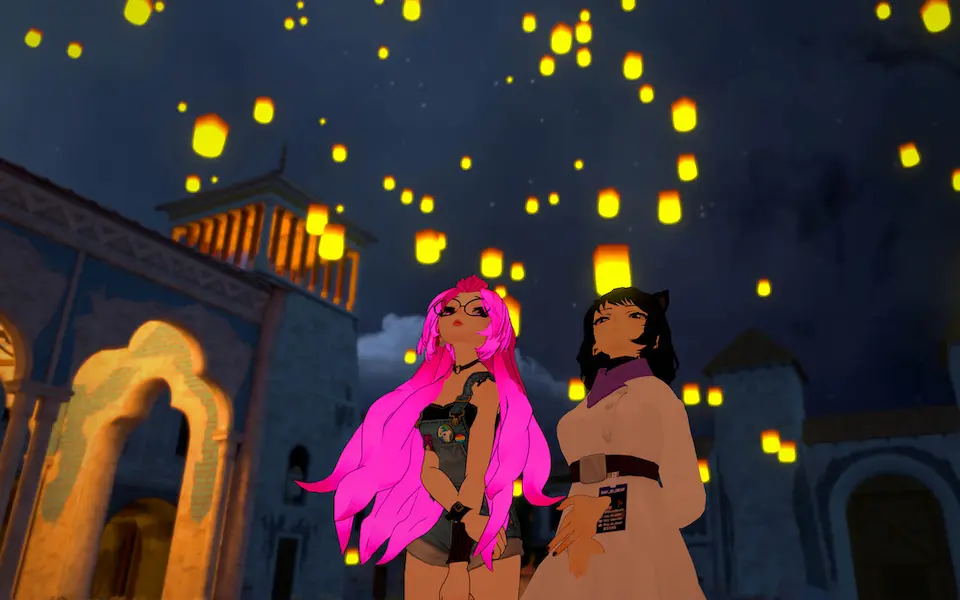
Dropbox for filmmakers, Sundance Film Festival 2022
Sundance Director Tabitha Jackson on how the celebrated film festival is evolving
Published on January 21, 2022
Over the past few years, 55% of Sundance films have been made on Dropbox. In 2022, the show must go online—but cinephiles across the U.S. can access the festival. Here’s what to look for this week.
Earlier this month, just 15 days before the start of the 2022 Sundance Film Festival, the team at the Sundance was facing another unexpected plot twist.
Throughout the past year, the team had been redesigning the festival as a bio-digital hybrid event that would blend online and offline experiences. But their plans to build a metaverse would have to wait.
With Omicron cases rising not only in Park City but around the world, Sundance Institute leaders knew they needed to shift the Festival to a primarily digital event. This year, though, they already had a running start thanks to the enormously successful online festival they presented in 2021.
“Developing a proprietary and feature-rich online platform enabled us to have a vibrant 2021 Festival,” says Tabitha Jackson, Director of the Sundance Film Festival. “We were already planning to roll our full slate digitally in 2022 as well, with iterative improvements based on community and user feedback, so the adjustment—though last-minute, and comprising many moving parts—was ultimately seamless.”
To learn more, we spoke with Jackson, who became Festival Director in 2020 after serving as director of the documentary film program for six years. Here’s how the Sundance team is evolving the festival and what film fans can expect to experience this year.
“The pandemic pushed us towards technological innovation to recreate the essence of the Sundance Film Festival.”
How did last year’s festival influence your strategy for presenting Sundance 2022?
The pandemic kind of pushed us towards technological innovation to try and recreate the essence of the Sundance Film Festival. We learned so much from it and learned about the possibility of expanding the Sundance audiences and general community. So we wanted to come back and try it again and make some refinements.
As we were thinking about how can you recreate the feeling of bumping into people, those serendipitous encounters, Active Theory developed a platform for us, which we call The Spaceship—an avatar-based webcam with proximity audio. It created this incredible community of people who are hanging out in a spaceship meeting each other. It became this social space. That taught us something very important about how technology can actually enhance our human instincts of wanting to gather.
The Spaceship is back with refinements, partly around accessibility. We had not used the ability to communicate by text on The Spaceship [last year] because we wanted it to feel like human interaction. But what we soon realized was that excluded a number of people, so we've incorporated text on that.
What are some of the most innovative films at this year’s festival? What will really surprise audiences?
There's a feature film called We Met In Virtual Reality, that’s part of our World Cinema Documentary Competition. It was directed within the metaverse. It's a nonfiction film, so it's real people, but we only meet them in their avatar form as they are doing what they do. It gives a real insight into a language that we haven't played in the festival as a feature film before— insight into how people were dealing with a pandemic, what community means, what individuality means, how people are coming together, experiencing loss and processing loss in this new space of the metaverse. That's a completely new world in which to make films.
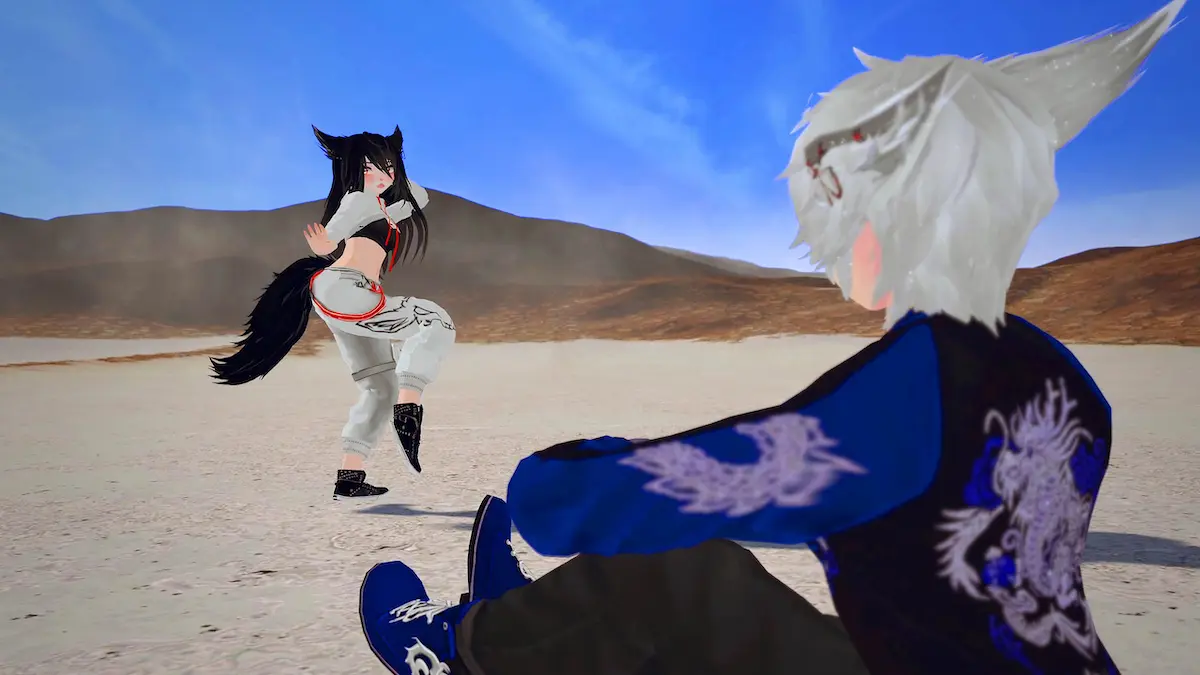
Genre work—horror, thrillers, etc.—was pretty much confined to our Midnight section or our Next section. Now you see it across the program and in the competition sections because, this year, we saw many more artists turning to genre as a way of dealing with some of the themes of our time. So the theme we were seeing of fighting back, fighting the system, is expressed through the use of genre across the work. A lot of female filmmakers and female filmmakers of color are turning to horror or genre to make vivid some of the things we experience in our day to day lives. So that's been fascinating.
“This year, we saw many more artists turning to genre as a way of dealing with some of the themes of our time.”
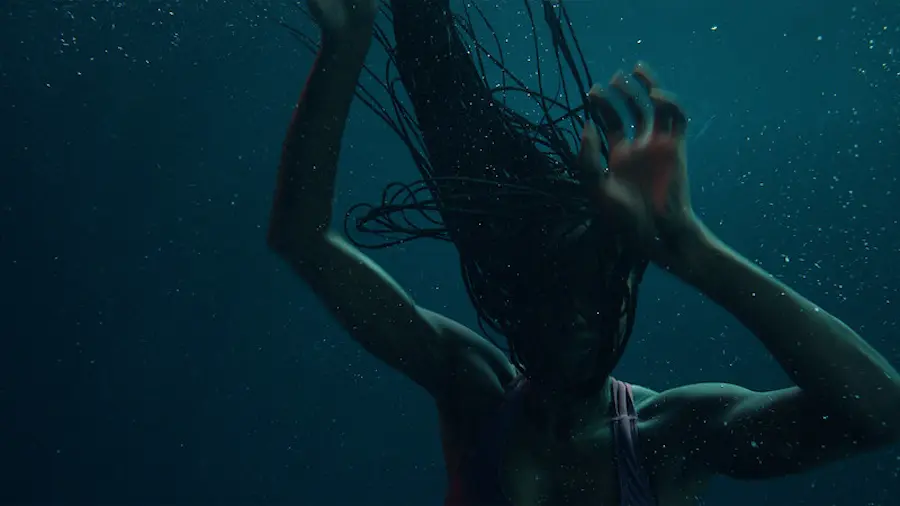
Things like Master or Nanny, or in a comedic sense, Emergency—all of these are grappling with difficult themes of our times in a vivid, vibrant, sometimes terrifying way. Other themes: reproductive rights, we're seeing in films like The Janes and Call Jane, which are a fiction and a nonfiction expression of the same set of circumstances in the real world. That's a really fascinating pairing there.
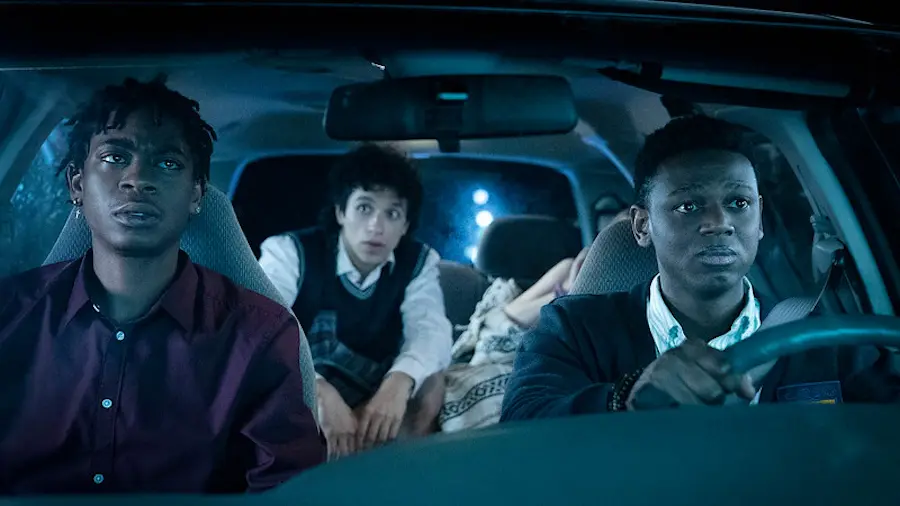
A film like Happening—which was in [the Venice International Film Festival in 2021]—just shows how reproductive rights is one of the issues that artists are grappling with still, and it becomes evermore relevant around the world.
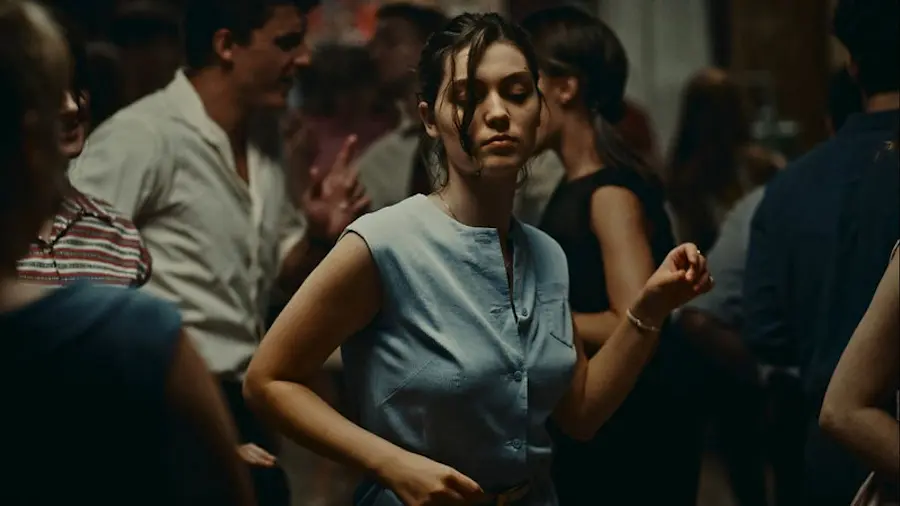
How has your collaborative process changed over the last year? Did you make any changes in the way that you were collaborating remotely with your team?That's a really interesting question. We were all basically on video conferences for the entire year, very much looking forward to getting back to in-person discussions and the big arguments that happen around films. We are seeing the benefits and what may remain of that video conferencing world because it is, in some ways counterintuitively, more intimate and more democratic when it comes to extroverts and introverts. It facilitates a certain level of discussion. So figuring out how to make both work will be the trick going forward.
This interview has been lightly edited and condensed for clarity.
To view the program schedule and buy tickets to online premieres, visit festival.sundance.org
